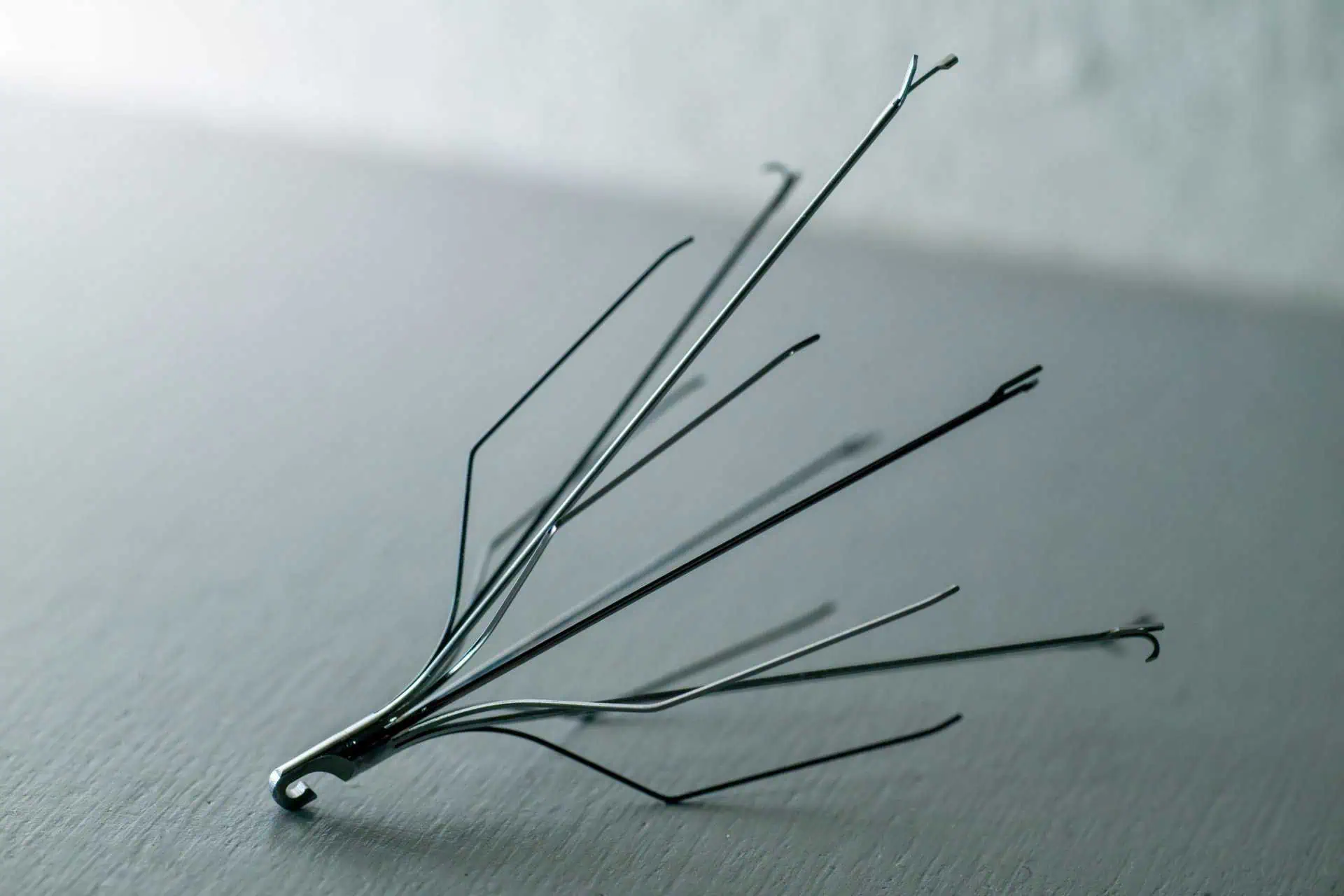We find that many people confuse class actions with mass torts.
Class actions are generally filed on behalf of a “class” of individuals with the same or similar injuries.
On the other hand, a mass tort is filed on behalf of individuals whose injuries are treated differently but the product and defendant are the same.
Mass Tort cases are often very complex and result in consolidation into a “multidistrict litigation” in order to move these cases through the courts in the most efficient way possible.
It is generally to the benefit of the injured individuals to consolidate these cases.
Most Bard IVC filter lawsuits are part of a multidistrict litigation consolidated in the United States District Court for the District of Arizona and is being run by the Honorable, Judge David G. Campell.
Learn more about “Multidistrict Litigation” here.
The last Bard trial to make it through the court system prior to the consolidation of the cases ended with settlement in January of 2015.
After 11 days of trial, Bard made a confidential offer accepted by the plaintiff.
Studies and media investigations continue to show that Bard was aware of these fracture and migration rates, but continued to market the devices without warning the public of the risk.
Three NBC News investigation pieces portray C.R. Bard as a company that had knowledge of life-altering/ending injuries associated with their IVC filters but did what they needed to do to gain FDA clearance of their highly profitable medical devices.
According to the NBC News investigations, internal document show C.R. Bard knew of the risks but did not warn the public of the FDA and instead continued to sell these devices to a growing market.
In part one of the NBC News investigation “Did Blood Clot Filters Used on Thousands of American Have Fatal Flaw?” NBC questions whether C.R. Bard was upfront with the public and the FDA about the Recovery filter’s higher relative risk for death, filter fracture and movement than competitor filters.
In 2004, more than a year after the Recovery IVC filter was on the market, Bard became aware of 27 reported deaths and hundreds of injuries associated with failures of the Recovery IVC filter.
Individuals started to go public with their claims of the Recovery filter failings, but instead of recalling the device, C.R. Bard made the decision to hire an outside consulting firm to formulate a crisis management plan as well as an outside doctor, John Lehman, MD to conduct a confidential study of the failures reported to the FDA.
Dr. Lehman compared the Recovery IVC filter to other IVC filters on the market for death, fracture, perforation, movement, embolization and other adverse events, and concluded that:
“Further investigation of the Recovery IVC filter performance in relation to migration and fracture is urgently warranted.”
Bard still did not recall these devices and instead sold 34,000 more Recovery IVC filters until replacing Recovery IVC filters with a modified version of the filter, Bard’s G2 IVC filter.
In February 2012, a retrospective review of 363 Recovery IVC filters implanted between 2003 and 2006 showed that 40% of these filters fracture after 5.5 years.
According to internal Bard documents, as of 2006, there were still more than 20,000 people walking around with a Recovery IVC filter.
NBC News uncovered internal memos that show Bard was also concerned with failures with the G2 filter, their filter meant to replace the Recovery IVC filter.
Again, instead of recalling the G2 IVC filter, Bard continued to market them for five more years, selling more than 160,000 of the G2 filters.
At least 12 deaths and hundreds of injuries have been reported and more are expected to surface as reports and lawsuits are made public.
In a June 2014 abstract that analyzed patients who underwent Bard G2 IVC filter placement between October 2005 and February 2010, an estimated 38% of filters fragmented within 5 years.
According to Dr. William Kuo, an interventional radiologist who runs Stanford Health Care’s IVC Filter Clinic:
“The number of complications, the frequency of severe failures makes it obvious that it (Bard IVC Filter G2) was never safe to be implanted.”
Dr. Kuo has removed thousands of flawed filters and believes the Bard G2 IVC Filter should be pulled from the market.


